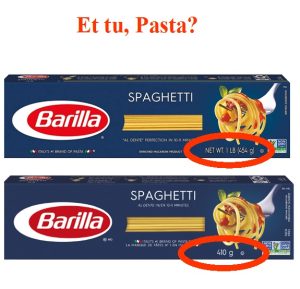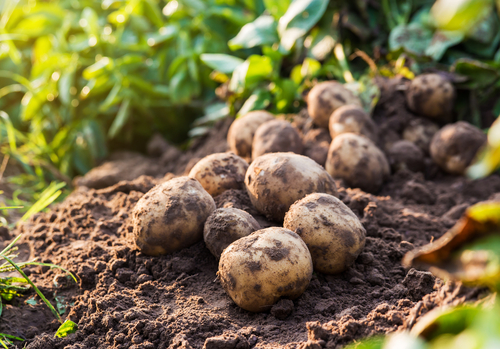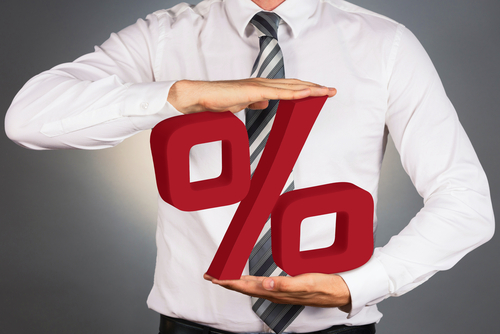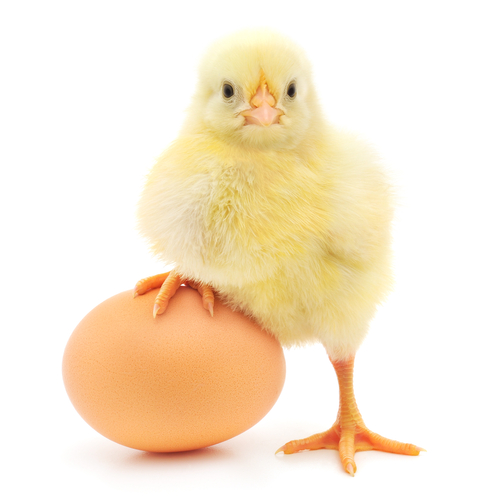(image above represents shrinkflation — an additional burden to consumers)
Italy’s Industry Minister Adolfo Urso called for an emergency meeting to discuss the sharp uptick in food prices. Pasta alone is up nearly 20%, and this is a major problem in a country where 60% of residents report eating this item daily. Some provinces are seeing a 58% increase in this staple item. Siena, Tuscany, reported pasta rising from $1.50 a kilo to $2.37 a kilo within in a year. The European Central Bank stated that inflation reached 8.1% in March, so what is driving these food prices?
Some may point to wheat, the main ingredient, as the recent usurping of farmland and the Ukraine war had an impact on prices. However, wheat prices have actually declined in recent months. Durum wheat is down 30% since May of last year. The only other ingredient required to make pasta is water.
Coldiretti, Italy’s biggest farmers association, said that farmers are not seeing an uptick in revenue and are struggling to make ends meet. “There is no justification for the increases other than pure speculation on the part of the large food groups who also want to supplement their budgets with extra profits,” Assoutenti president Furio Truzzi told the Washington Post. Yet, food manufacturers are claiming that this spike in pasta costs in temporary and a result of pasta produced during the beginning of the Ukraine war and energy crisis.
This is not the first time that Italy has seen a rise in food prices. Italian authorities raised 26 pasta manufacturers in 2009 and fined the industry 12.5 million euros for creating what Reuters described as a “pasta cartel.” Around 90% of pasta makers in the country were in on the price gouging scheme that operated from May 2006 until May 2008, during which pasta prices rose 51.8% for retailers and 26% for consumers. Barilla, the largest pasta producer at the time, received the largest fine of 5.7 million euros.
Food inflation is a major problem across the world. In Italy, overall food prices rose 12.6% in April 2023, marking a slight decline from March’s 13.2% reading. This is unsustainably high. The overall inflation numbers put forth by government agencies are always the best-case scenario as they do not want us to see the true damage of inflation.










